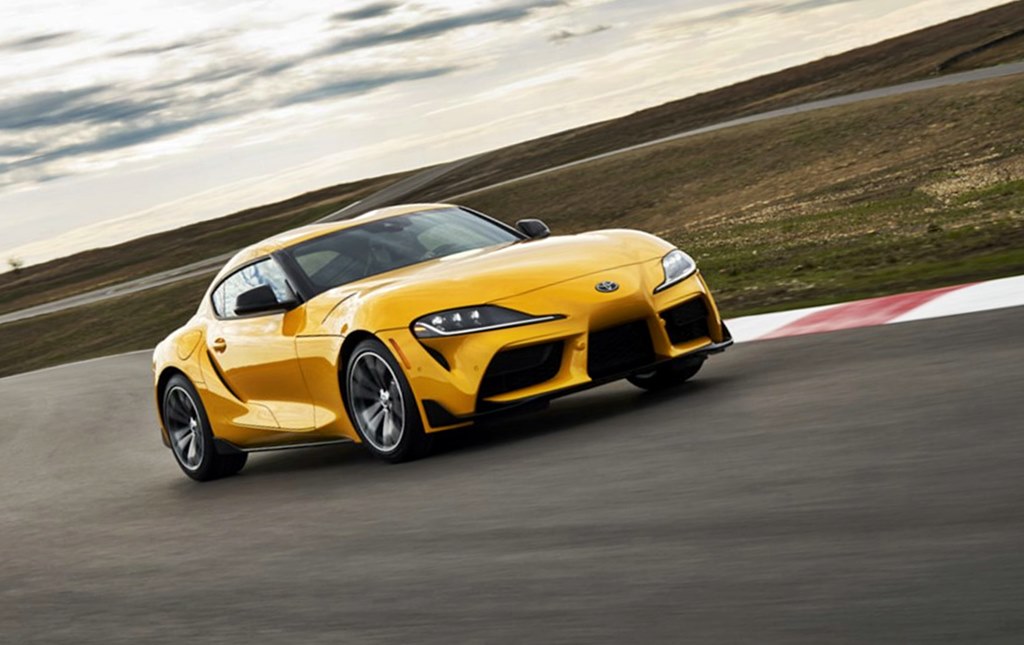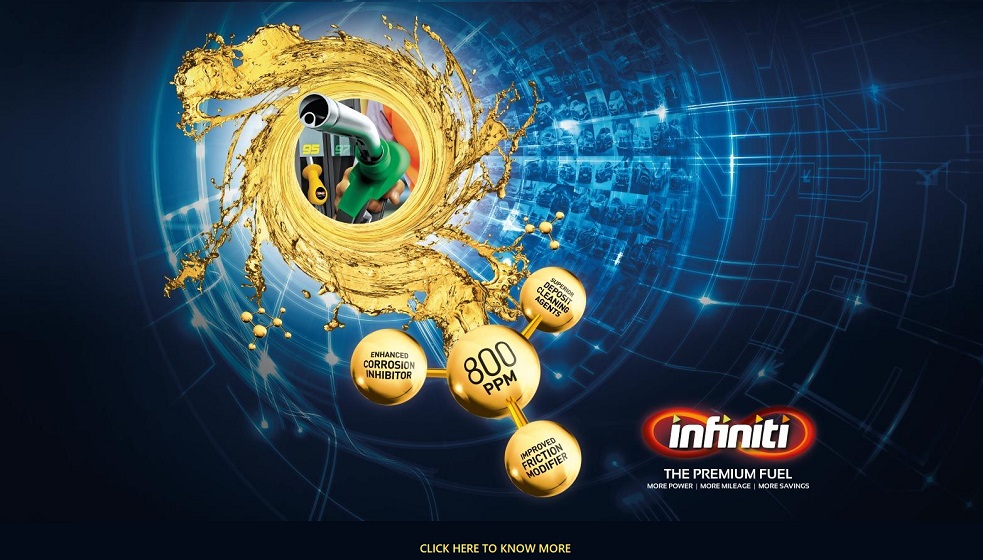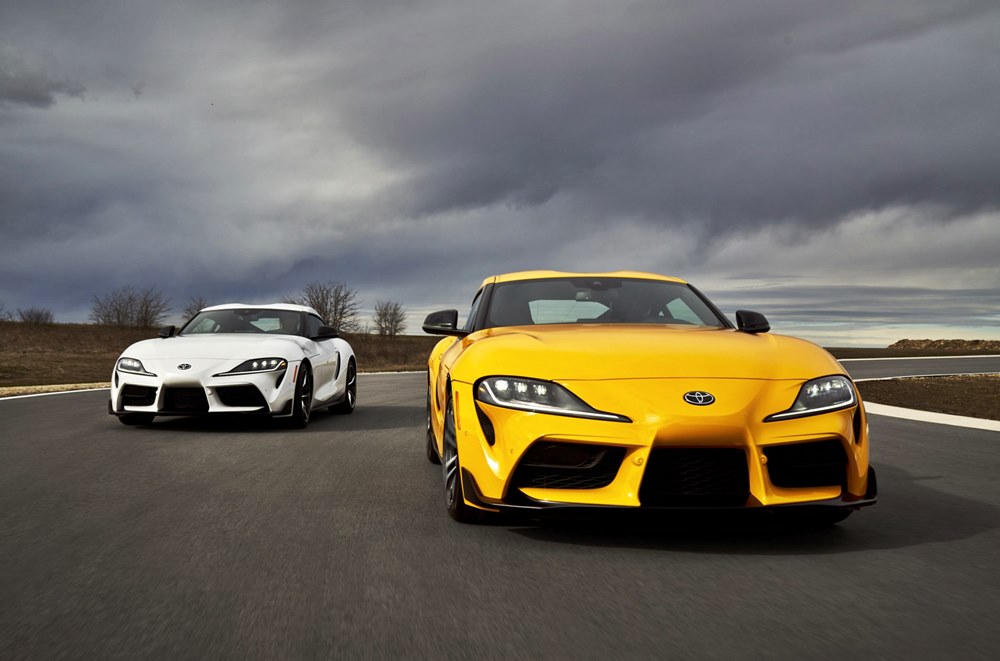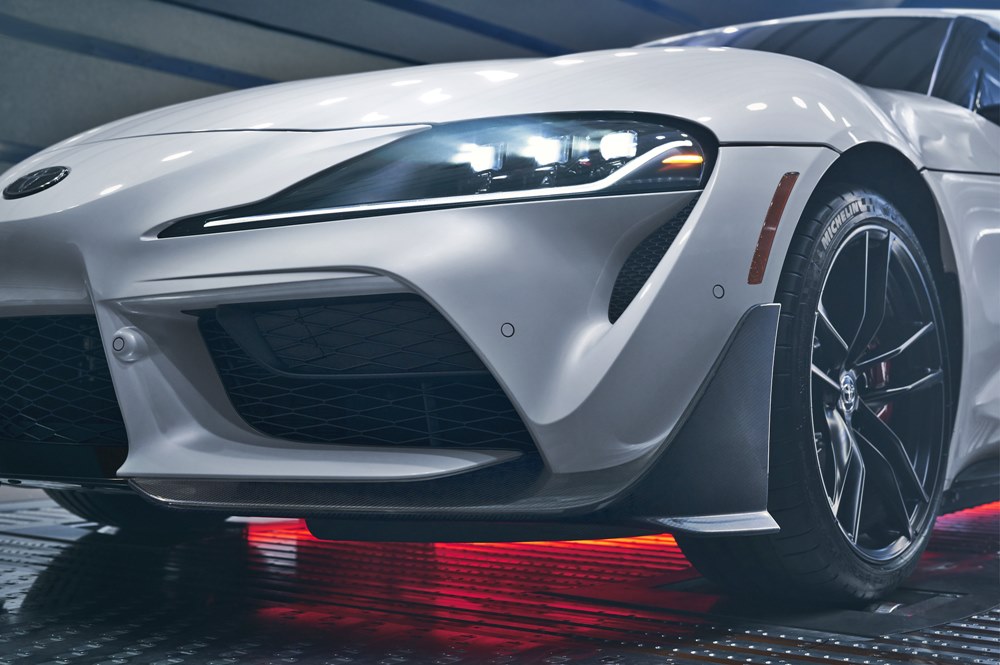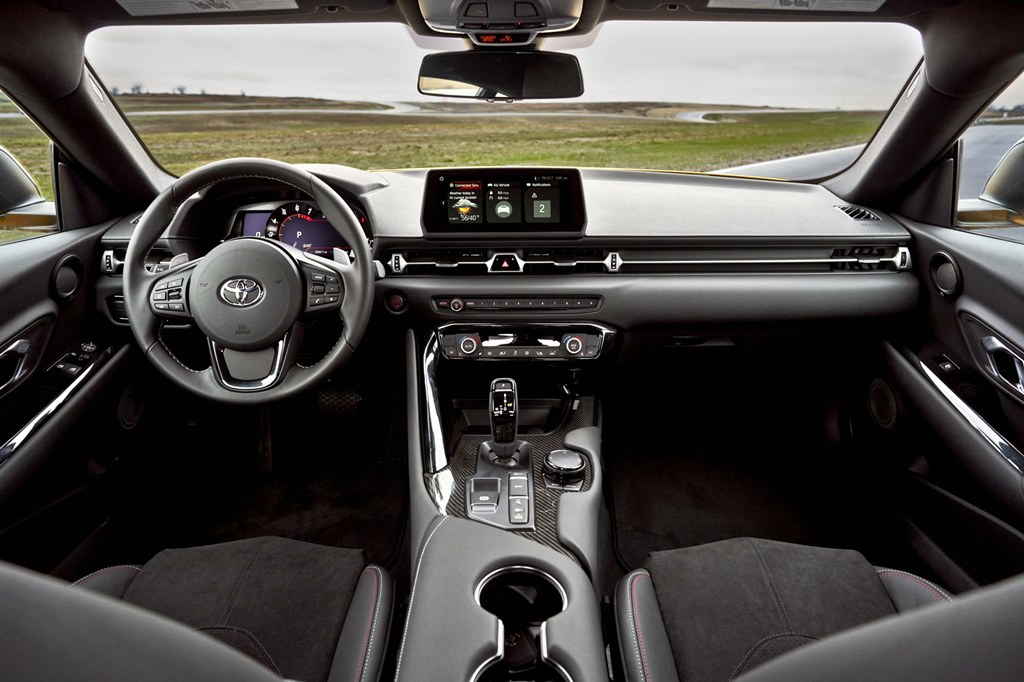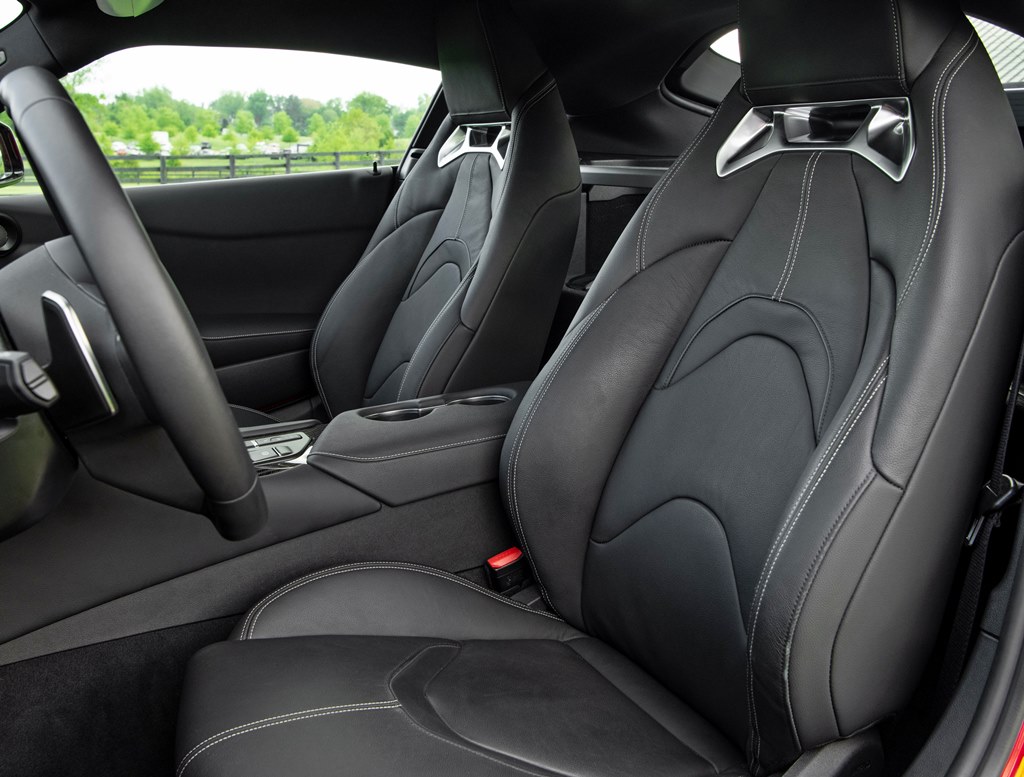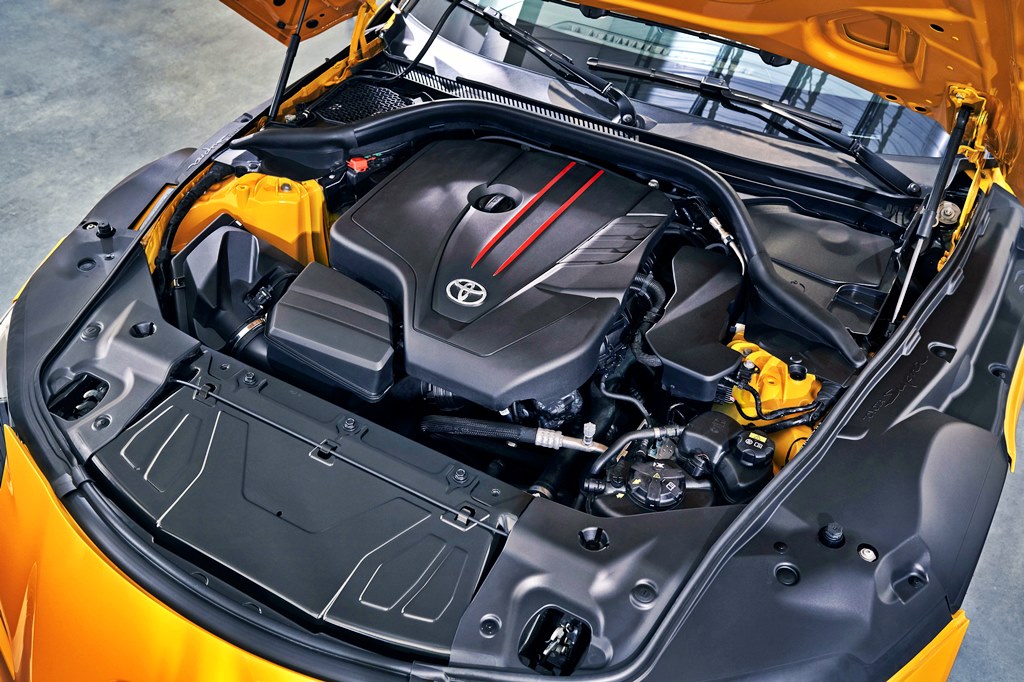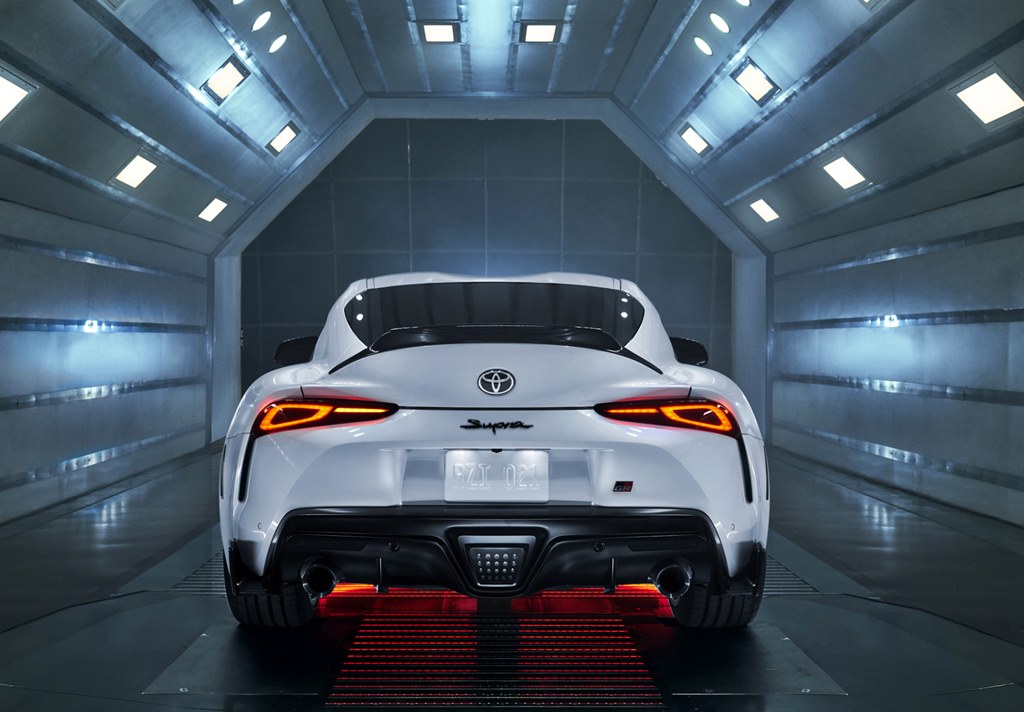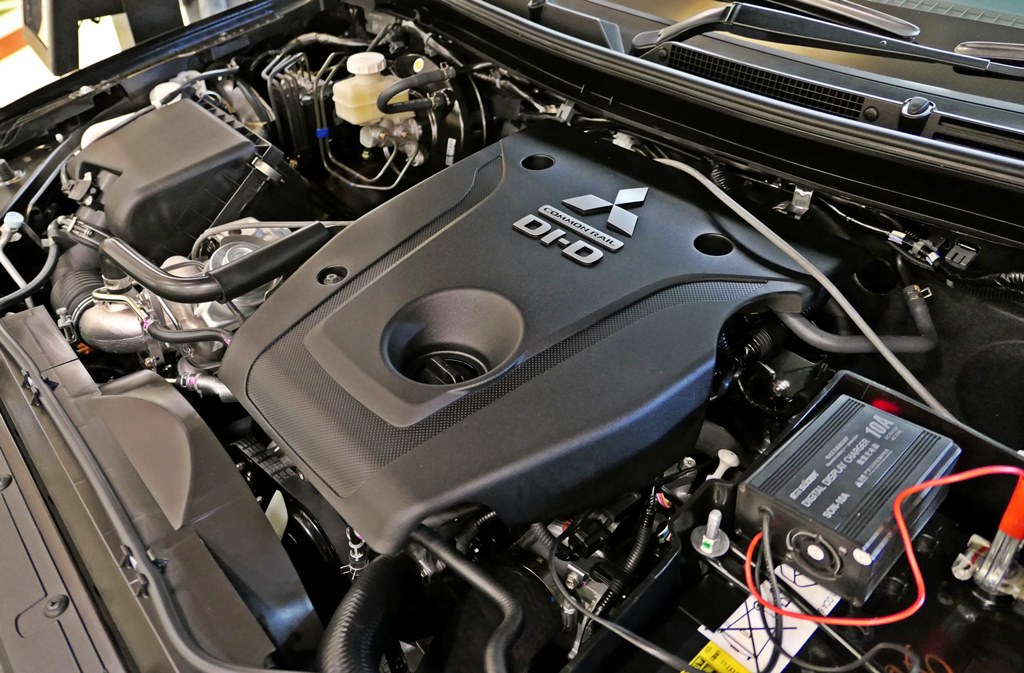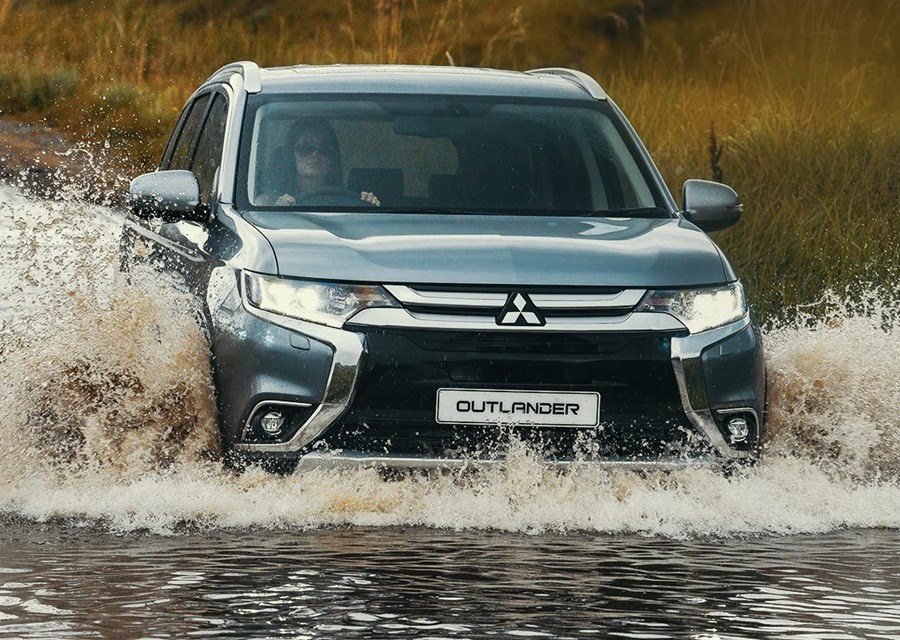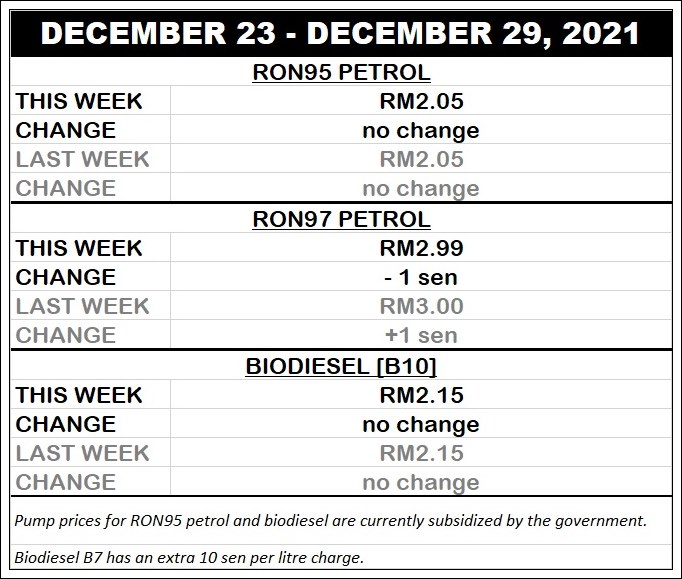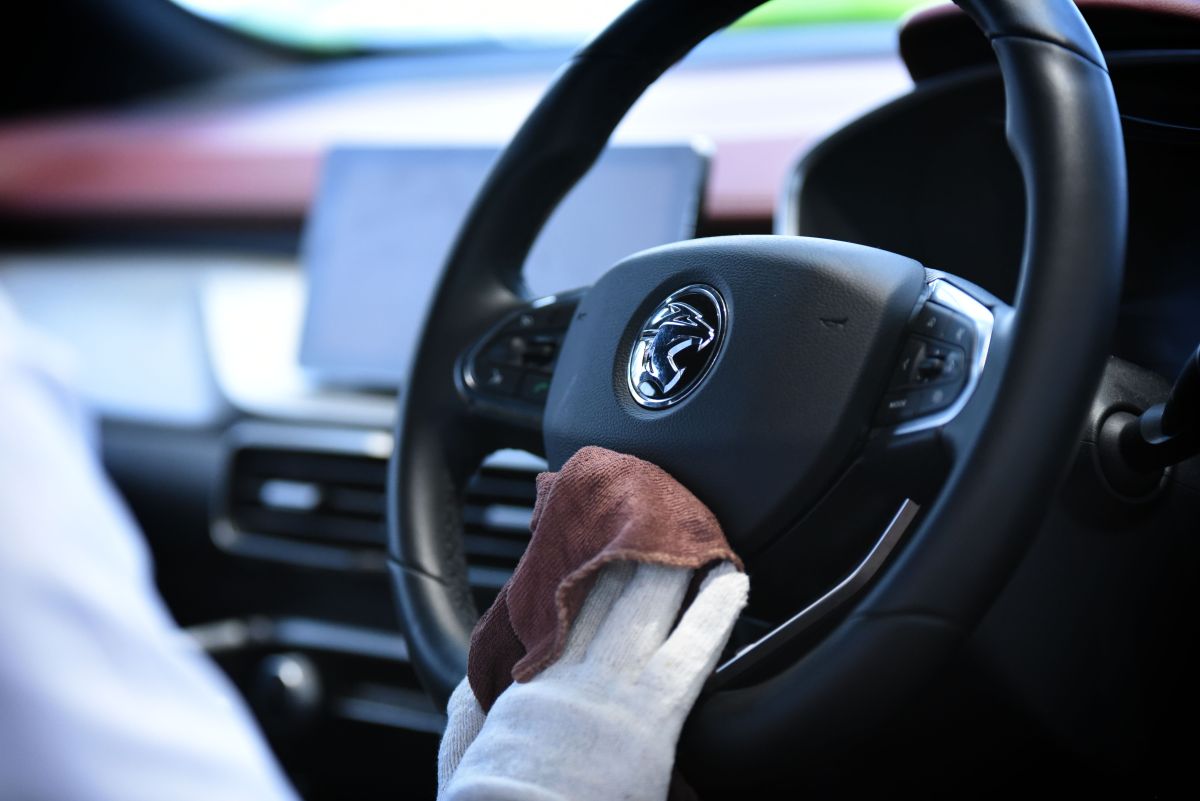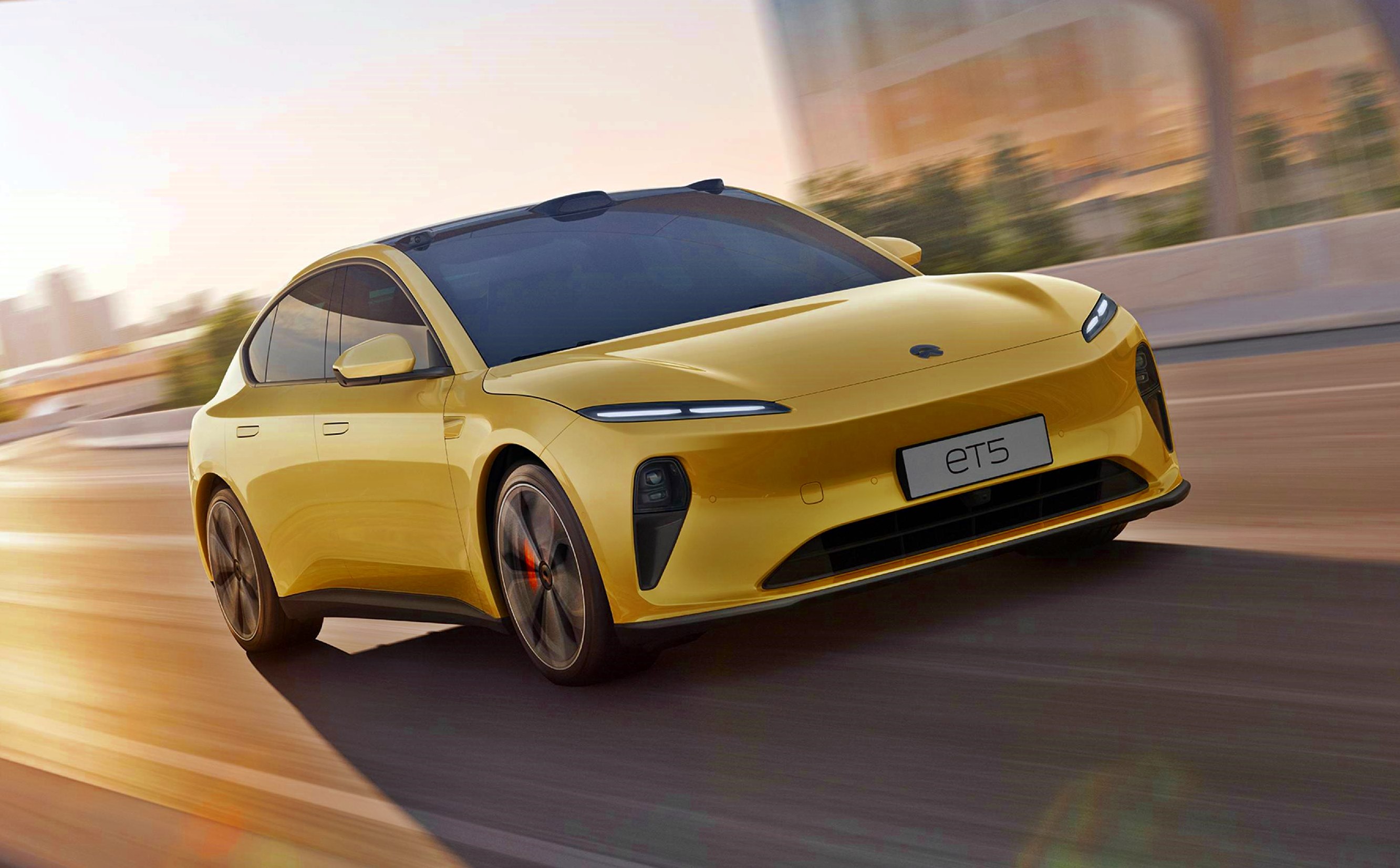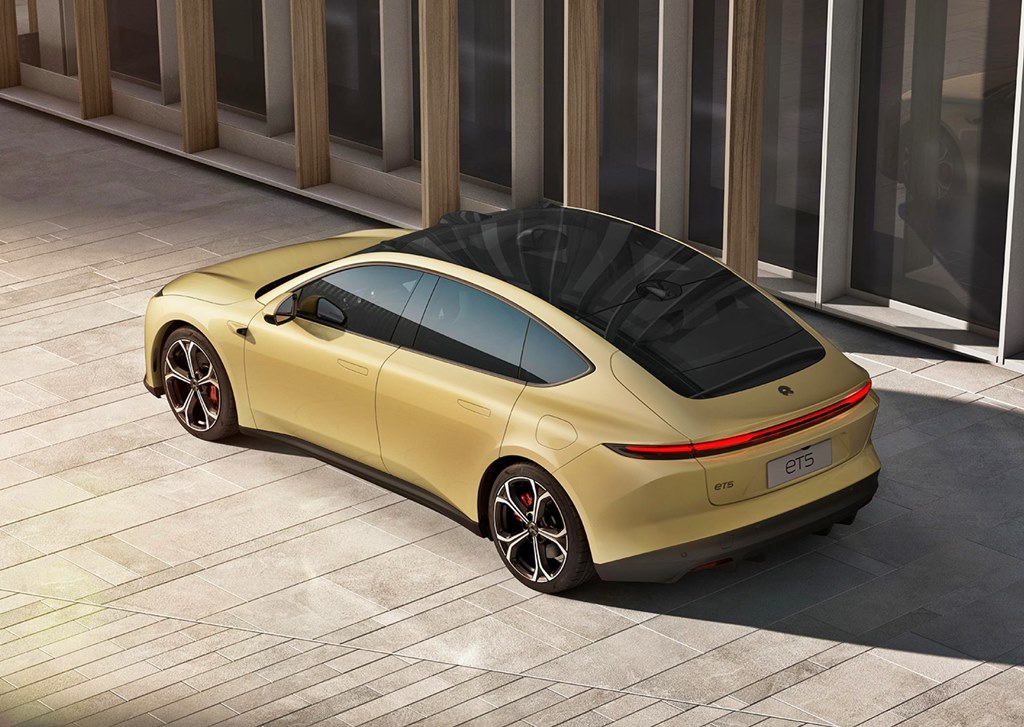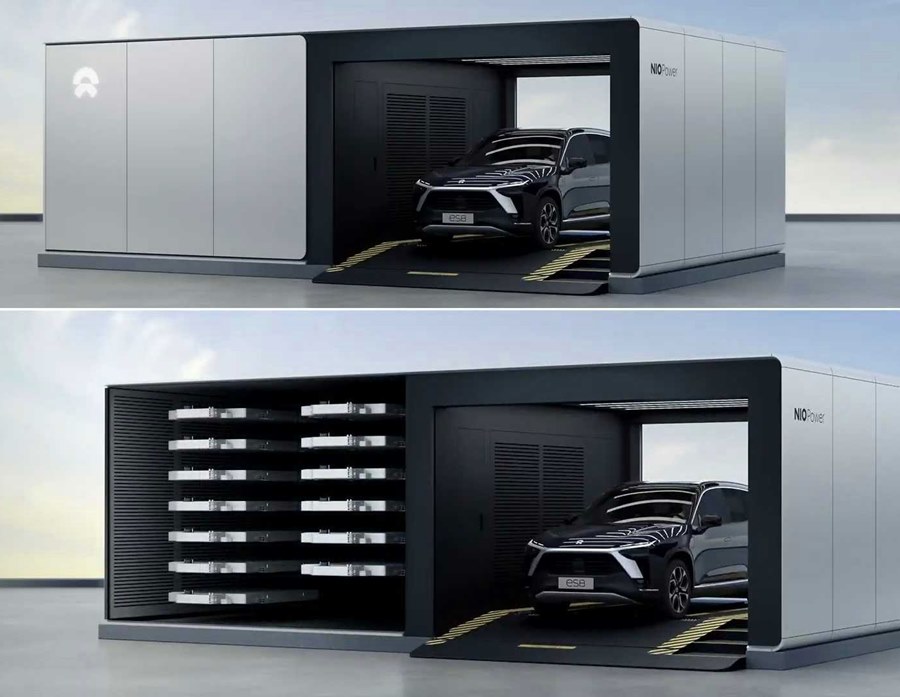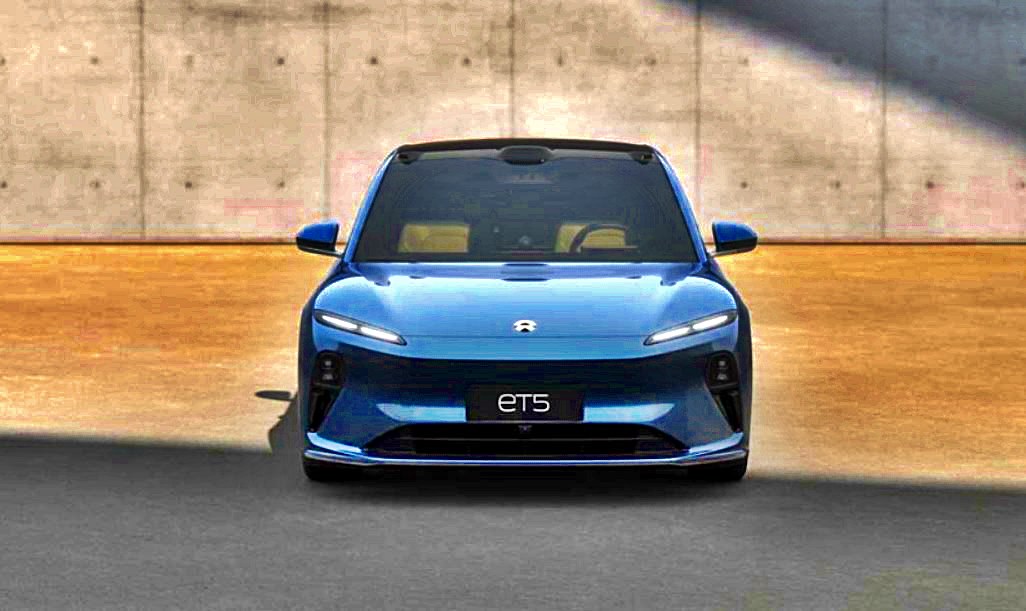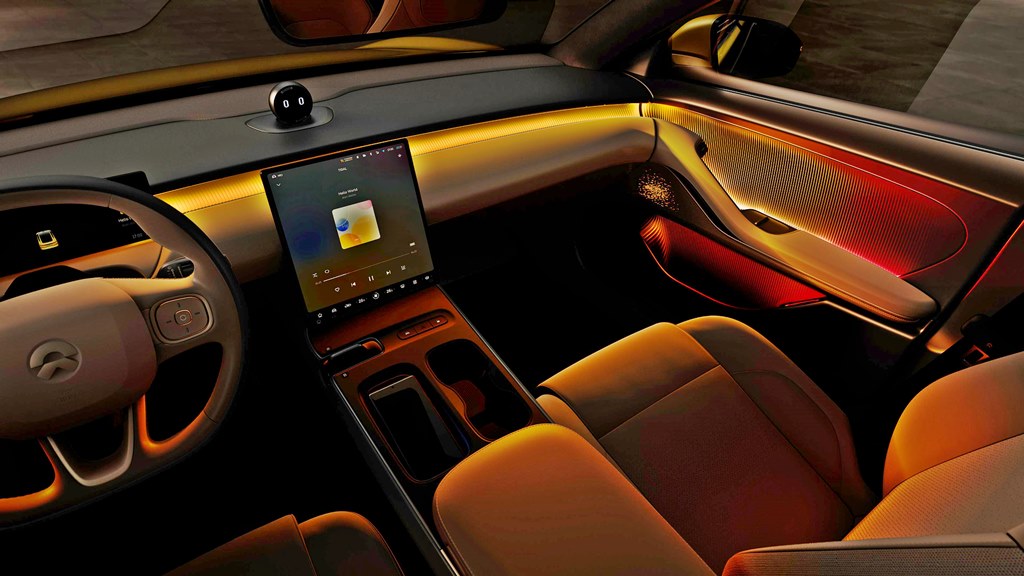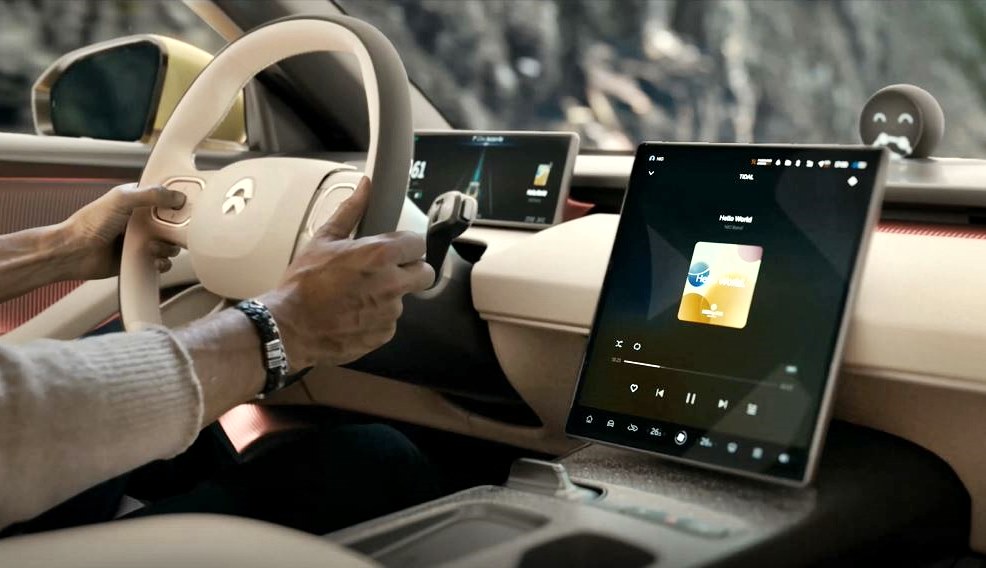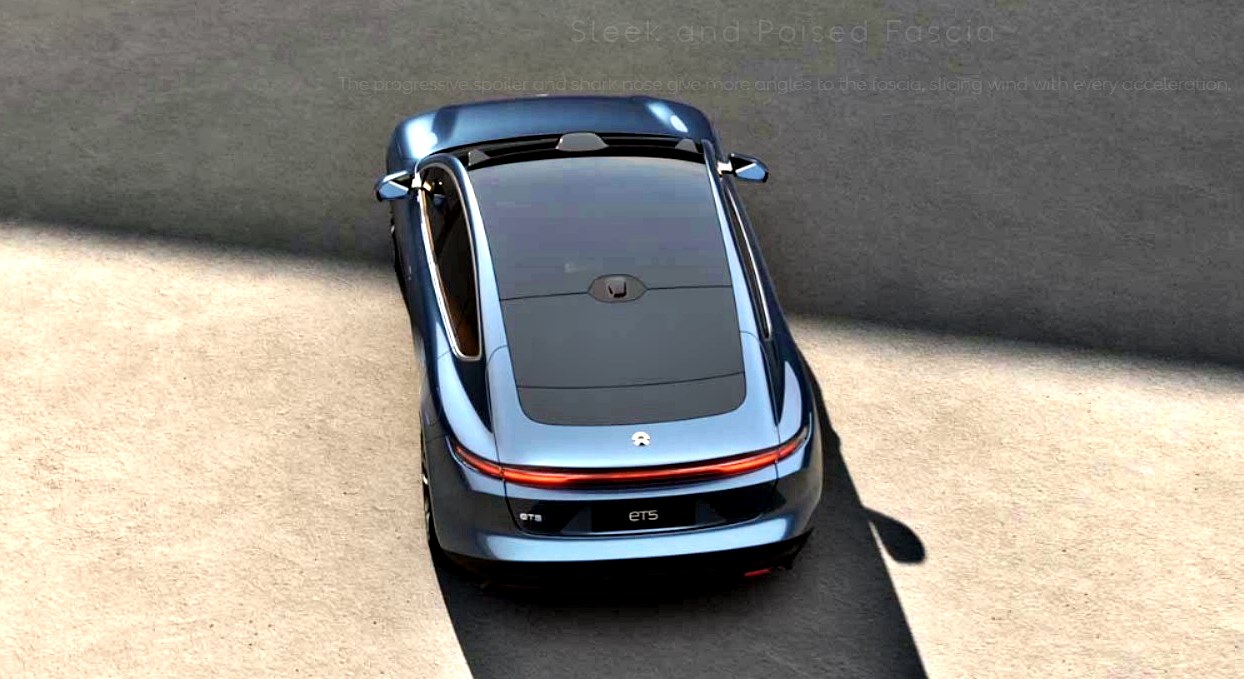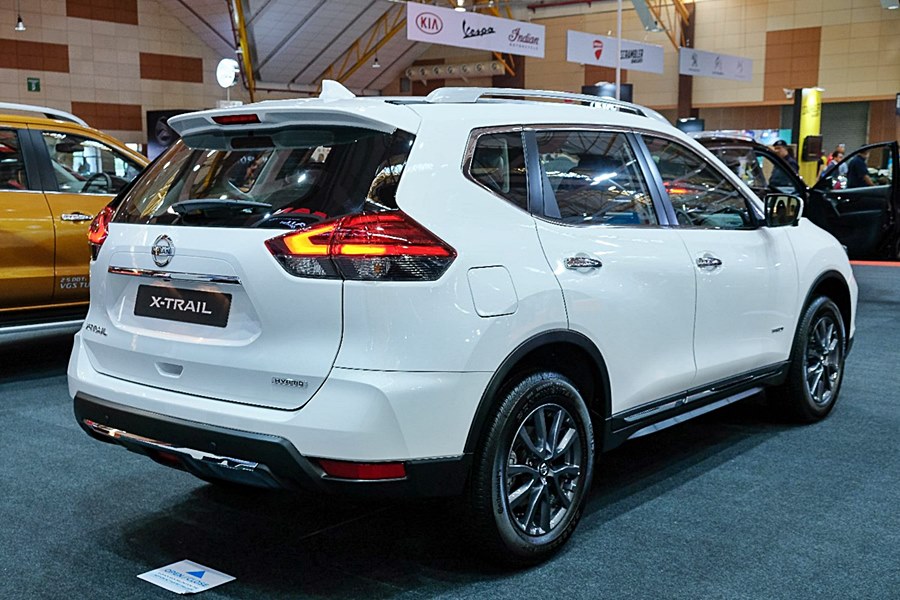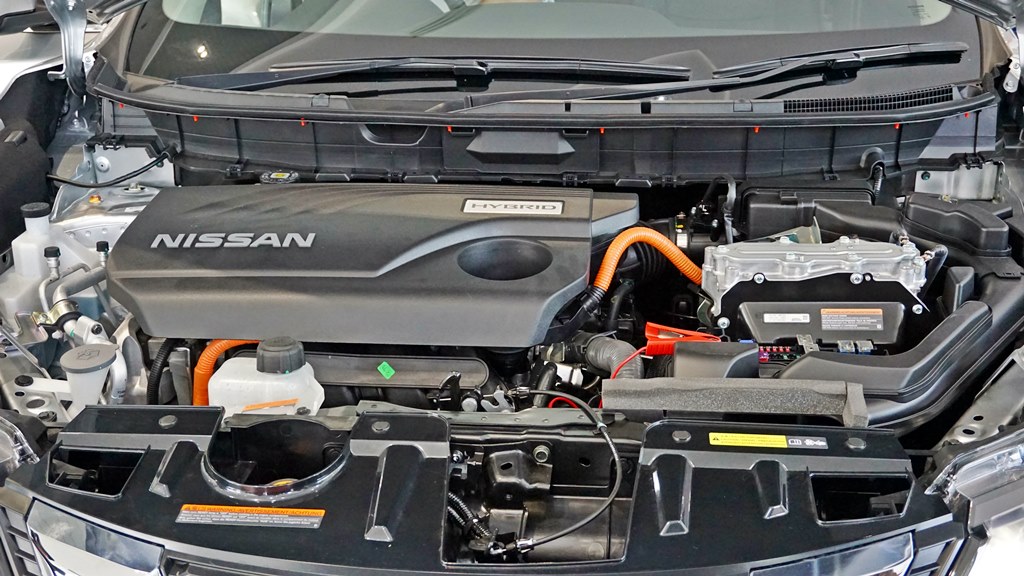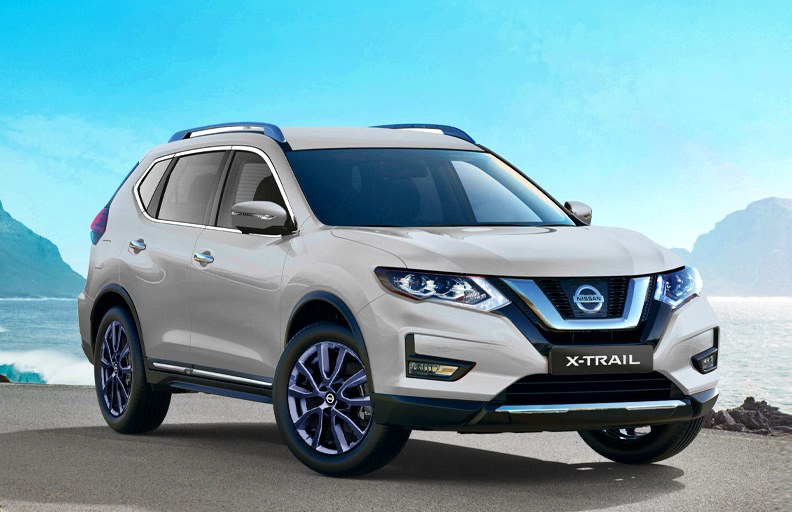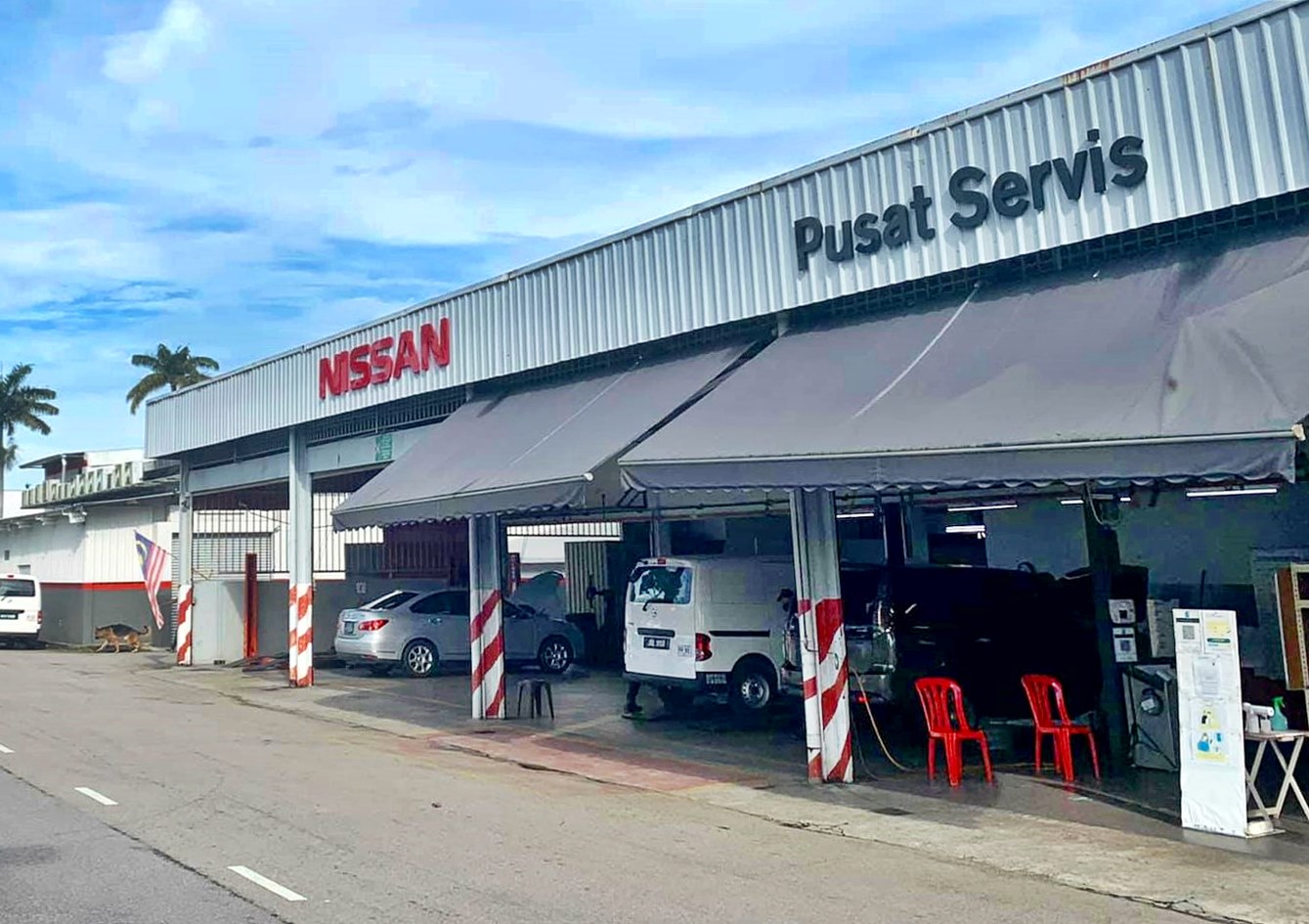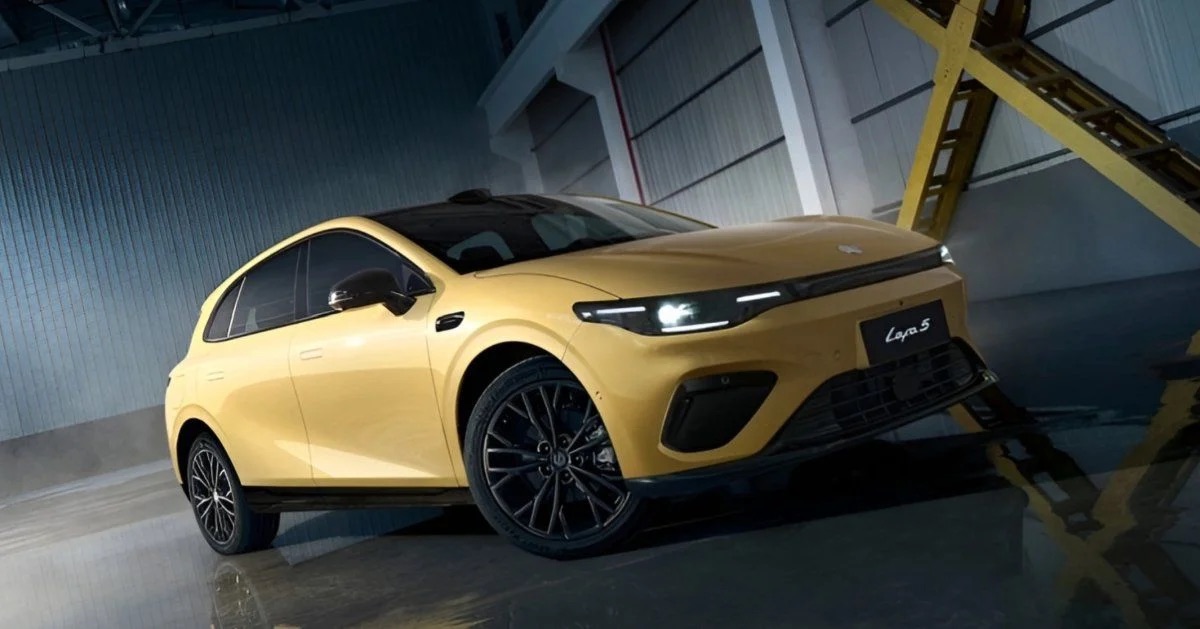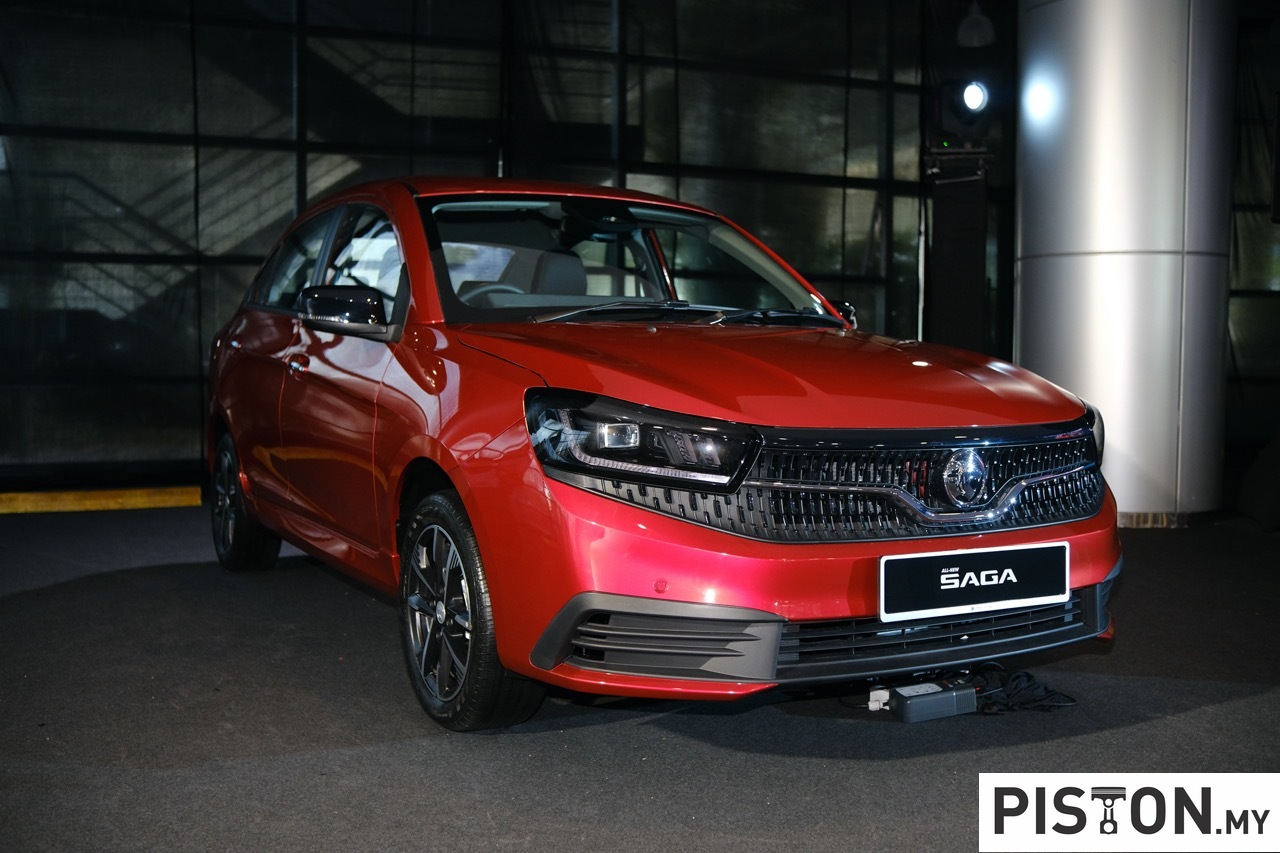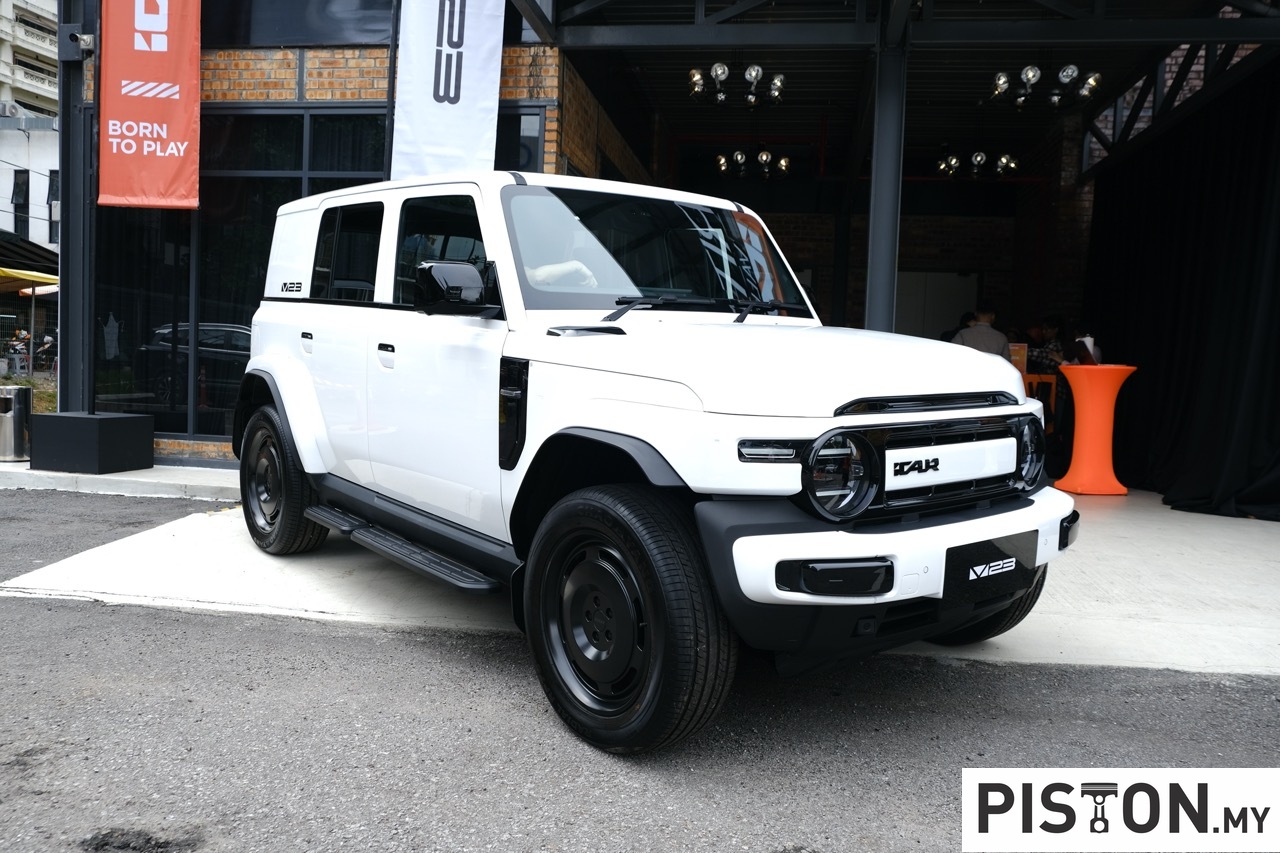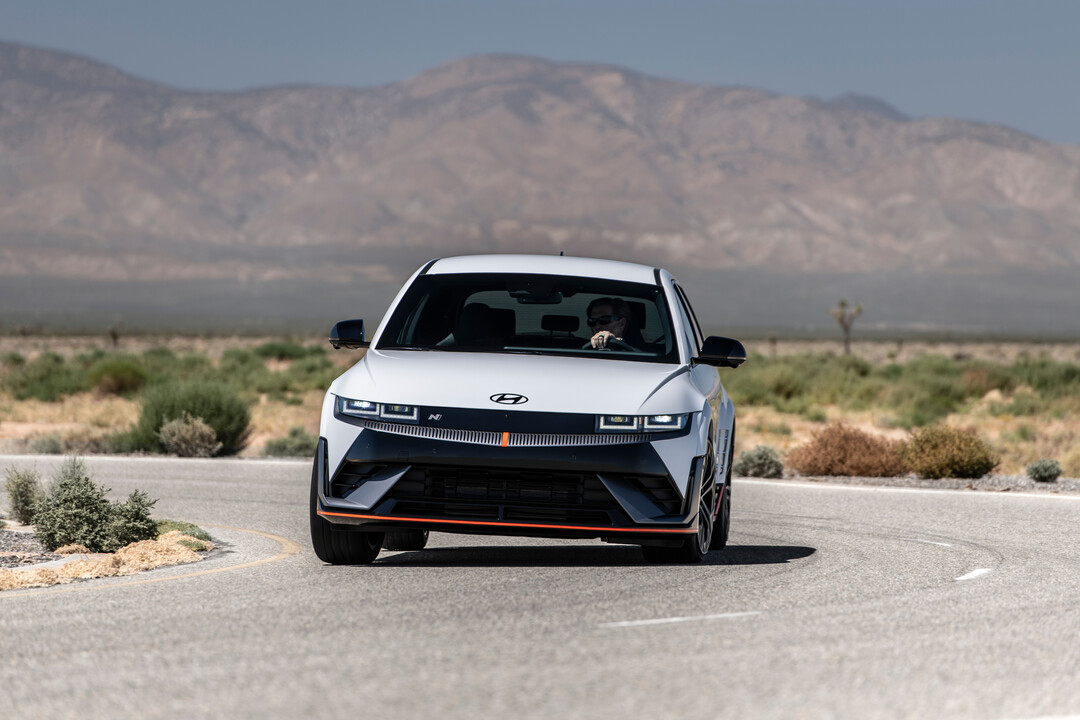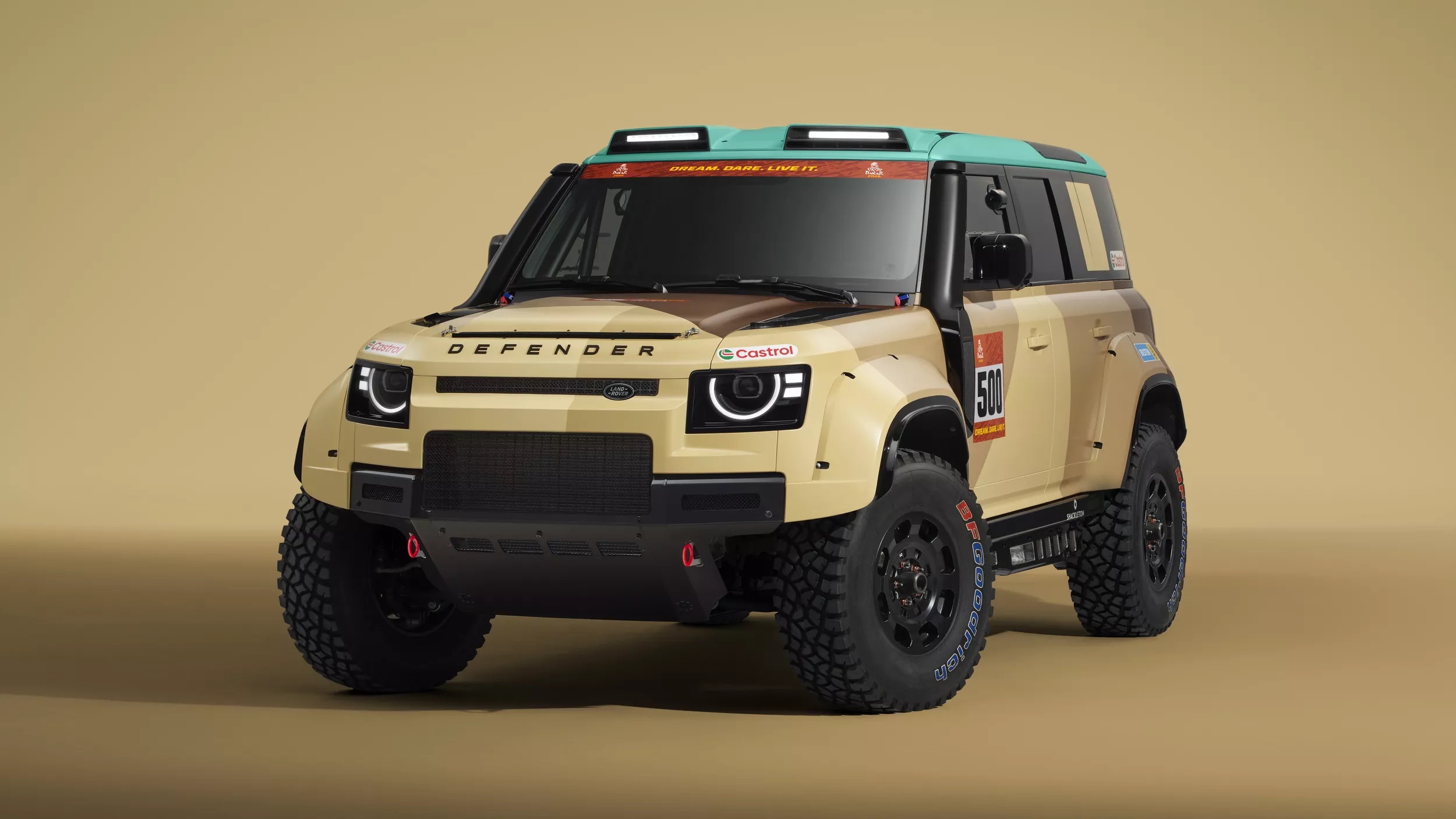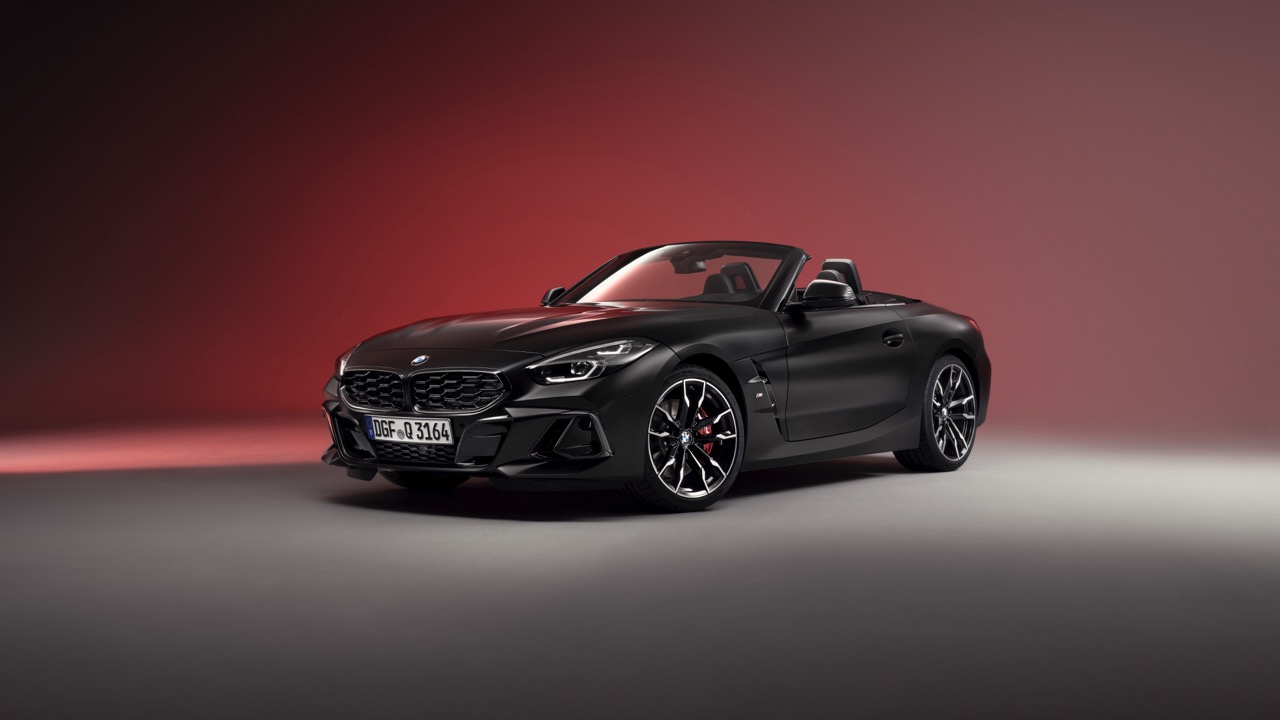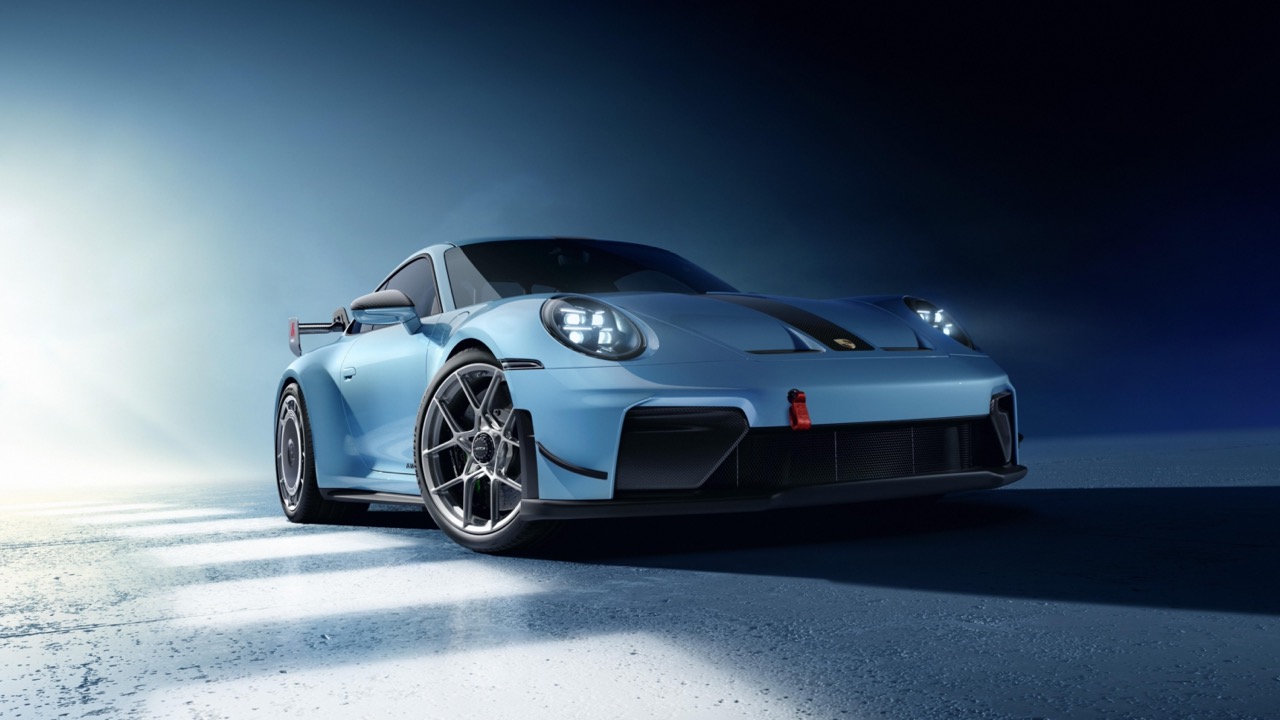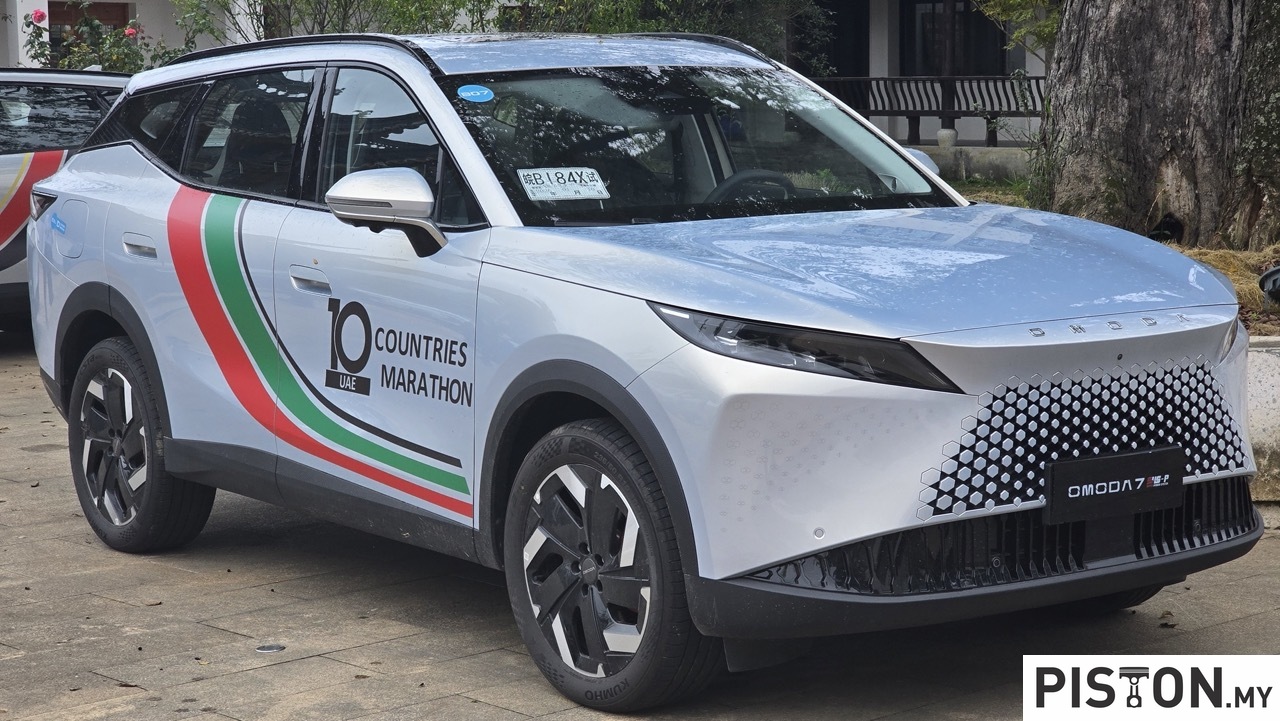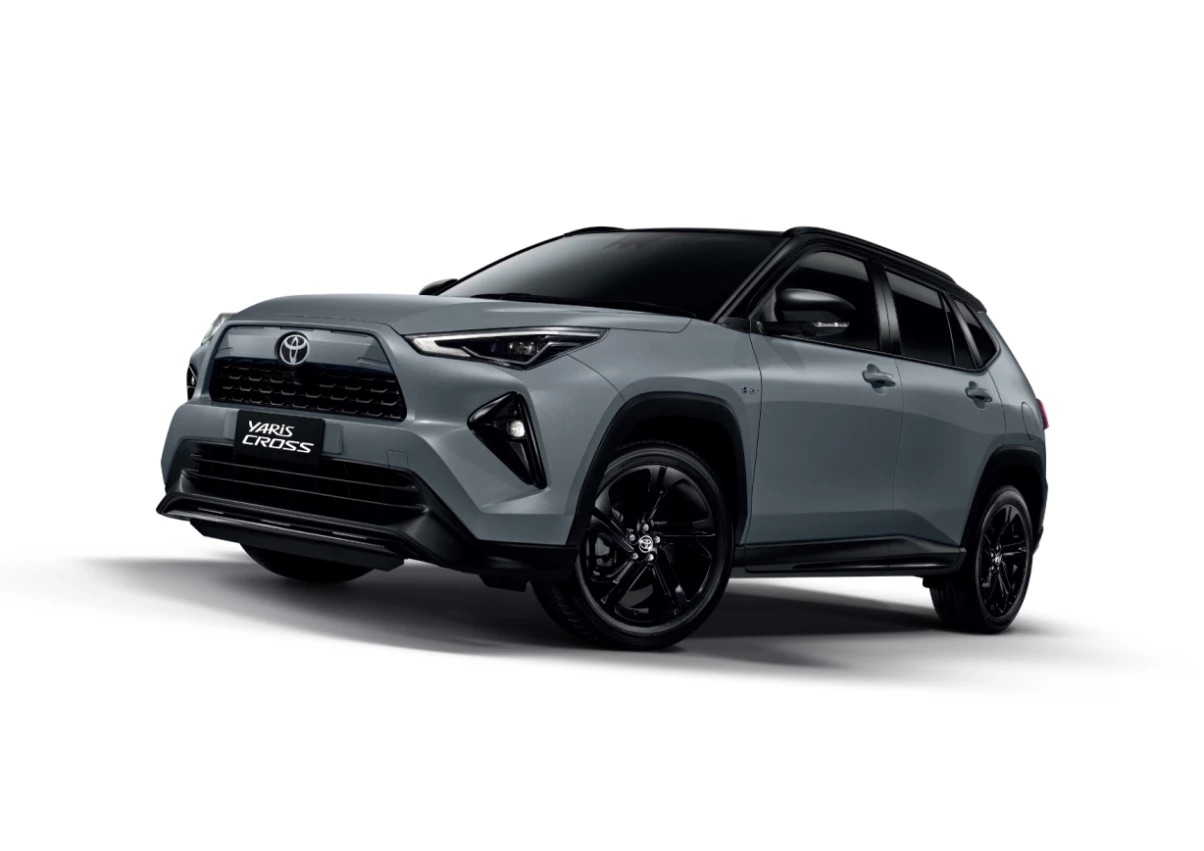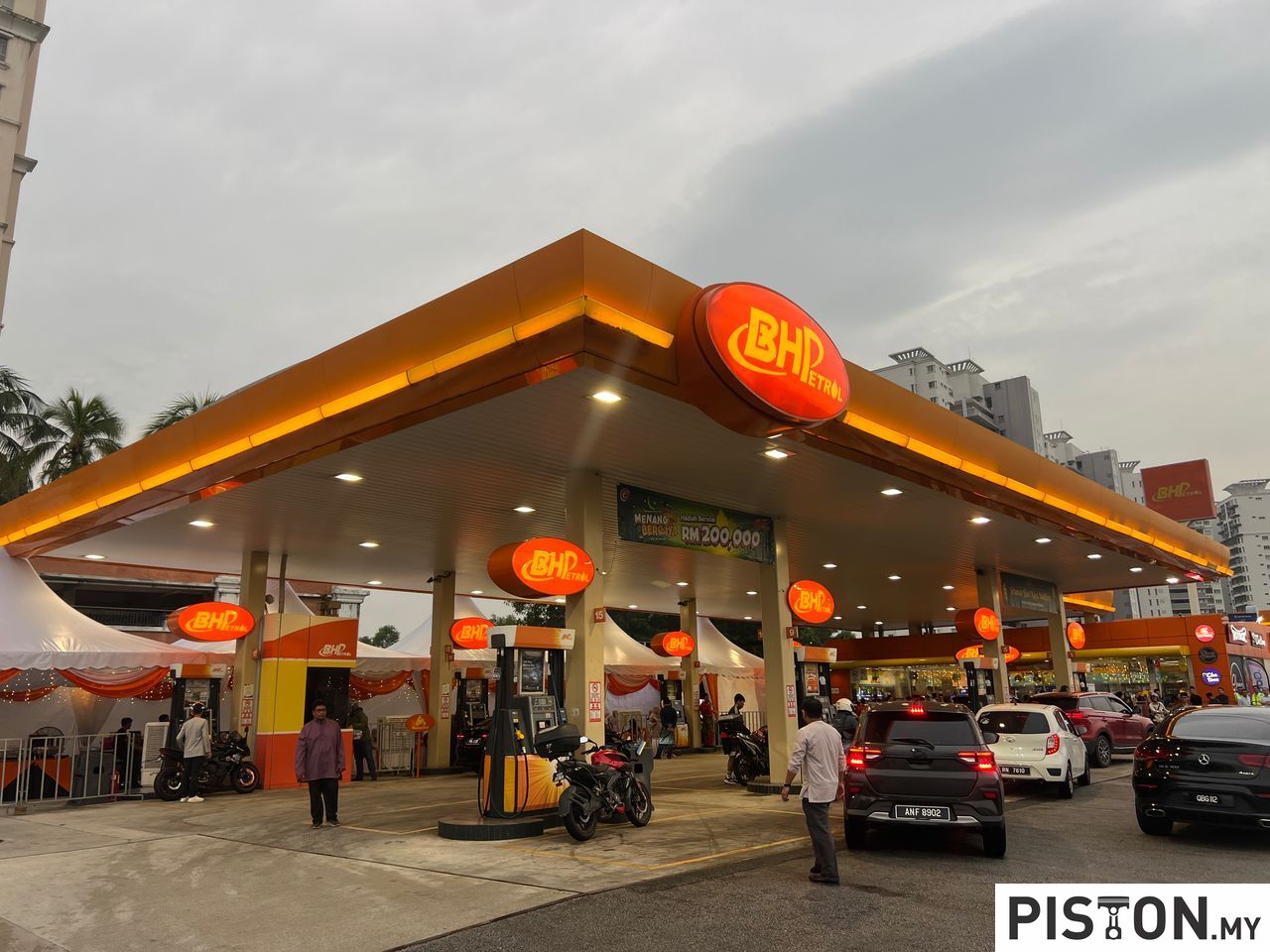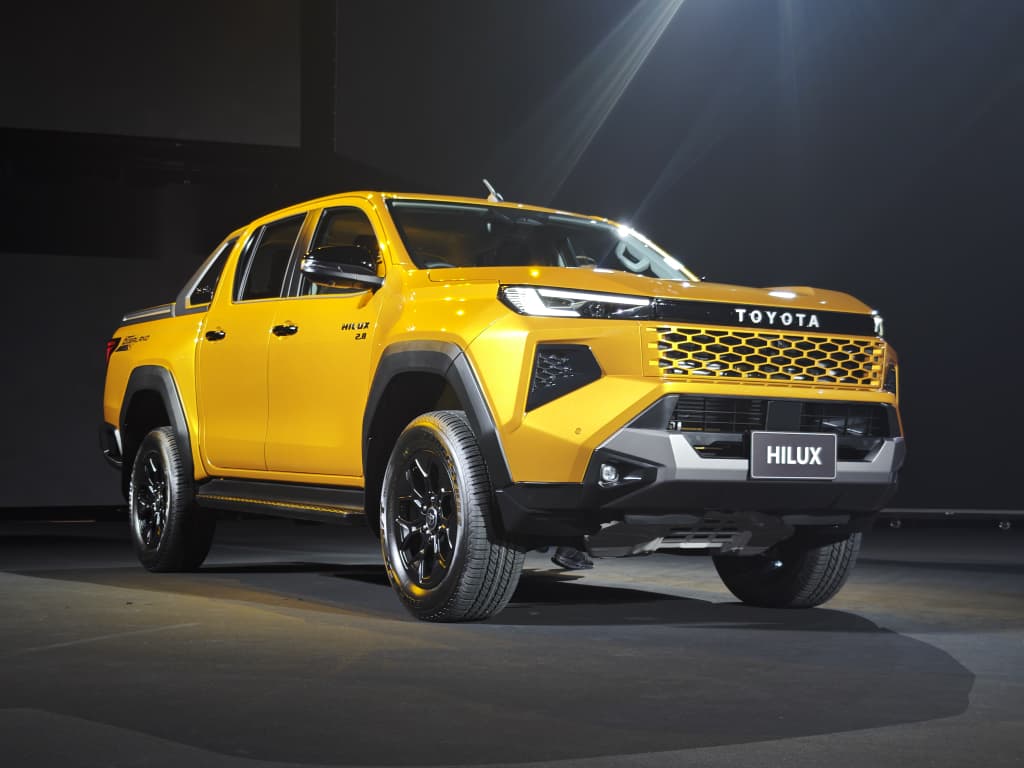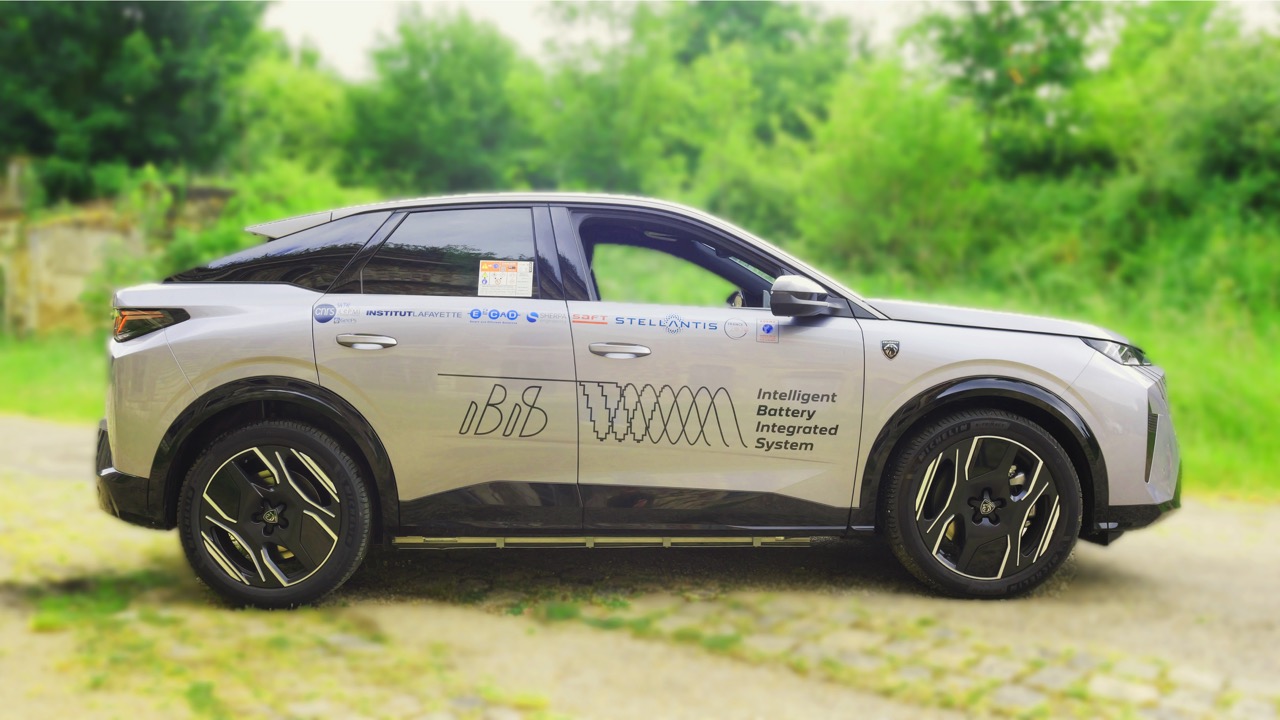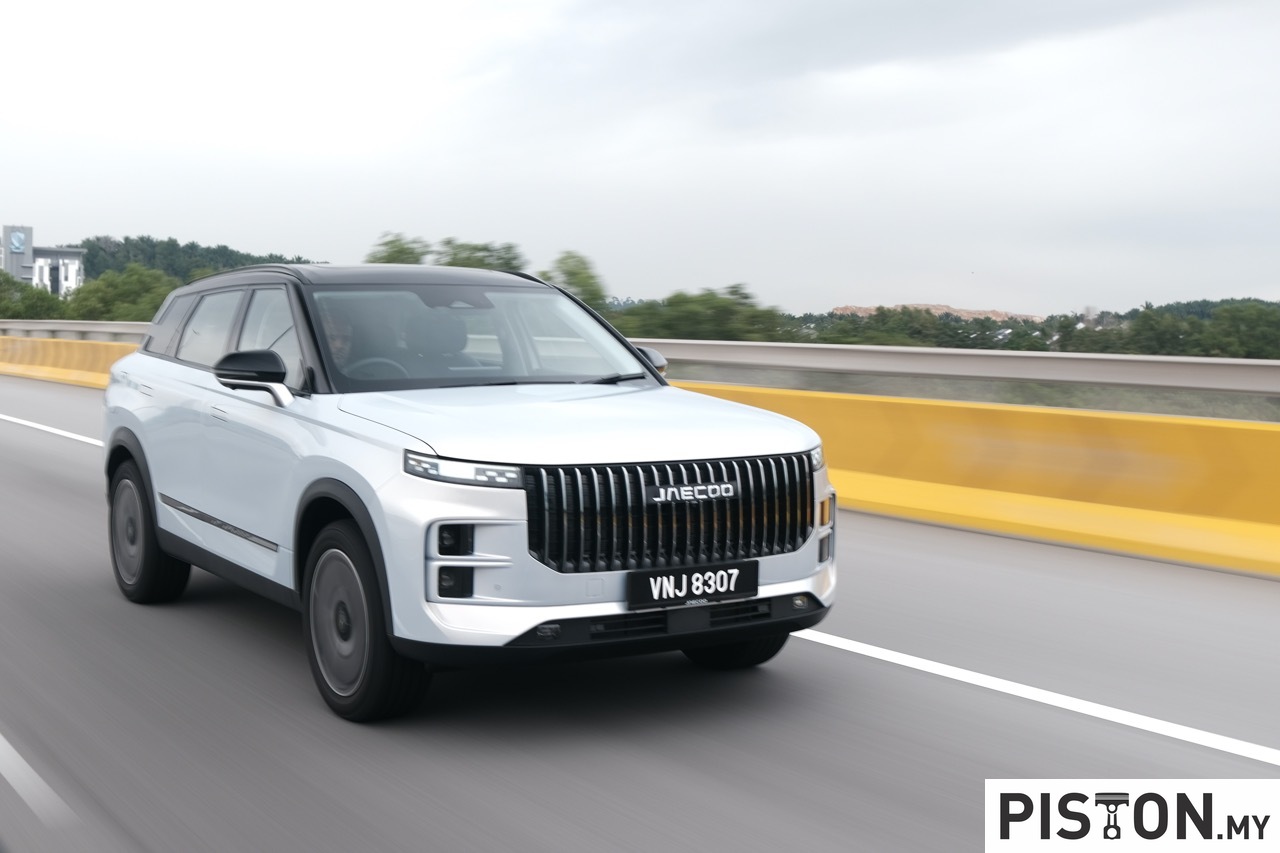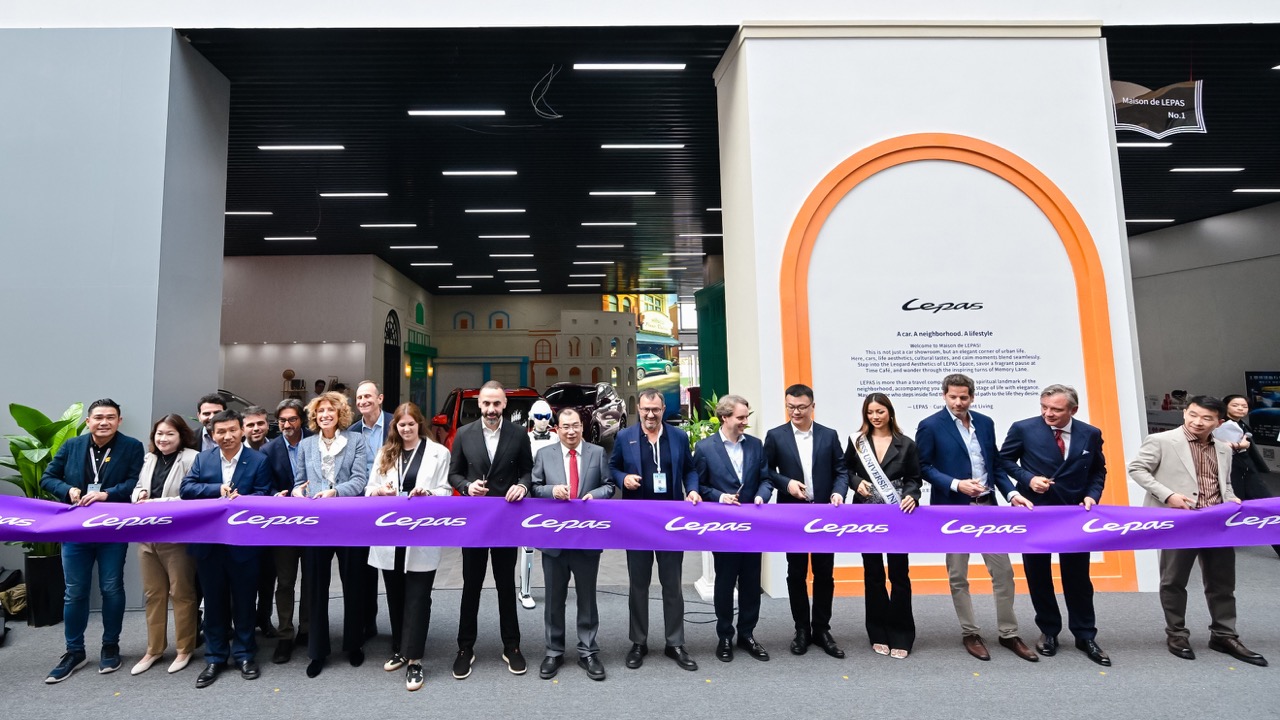If the way the GR Supra looks is not sporty enough for you and you live in North America, there’s an opportunity to get one which is more exclusively styled and also limited to only 600 units. It’s the GR Supra A91-CF Edition which is said to be the most exclusive Mark 5 Supra to date. Customers can choose either a 3-litre or 2-litre engine, the former an inline-6 and the latter, an inline-4.
On the outside, the A91-CF Edition has handmade carbonfibre on the front splitter with larger canards, while its carbonfibre rockers define the sides. Around the back, the carbonfibre treatment continues, with a duckbill spoiler catching the air as it flows off the rear glass, and larger, lower canards doing so down below.
This aero kit isn’t just for looks; its functional purpose improves downforce and stability during both everyday drives and hot laps around the track. Additionally, unique 19-inch wheels sport a matte-black texture that complement special edition’s matte-grey Phantom paint colour, besides Absolute Zero White and Nitro Yellow which are other colour choices. Additionally, depending on the version, there are also colours like Nocturnal, Renaissance Red, Tungsten and Turbulence Gray.
The cockpit is also given an exclusive touch with refinements throughout. A red-and-black theme is used and there’s Alcantara and leather trim. The sport seats have red stitching details with 14-way power adjustment as well as heating. Carbonfibre is also used inside for some interior trim, while the 3-spoke steering wheel is leather-wrapped and sport pedals are standard.
For the 2021 model year, TOYOTA GAZOO Racing engineers boosted output of the Supra’s turbocharged 3-litre 6-cylinder inline-six from 335 to 382 bhp, a 14% increase after just one year on the market. Torque has been increased by very slightly to almost 500 Nm and peaking 500 rpm higher.
The 2-litre 4-cylinder engine shares much of its technology with the 3-litre unit, including a twin-scroll turbo, direct fuel injection and continuously variable timing on both the intake and exhaust camshafts. It delivers up to 255 bhp/400 Nm to take the Supra from standstill to 60 mph (96 km/h) in a claimed 5 seconds. An 8-speed transmission is standard for both engines.
The Supra 3.0 chassis was also tweaked heading into its second year of production. Lightweight aluminium braces were added to increase lateral rigidity, along with front and rear bump stops and new damper tuning. Revised programming for the electric power steering, Adaptive Variable Suspension, Vehicle Stability Control and Active Differential have improved stability through quick transitions, such as compound turns.
To purchase a GR Supra in Malaysia, click here to locate a GR Garage.

